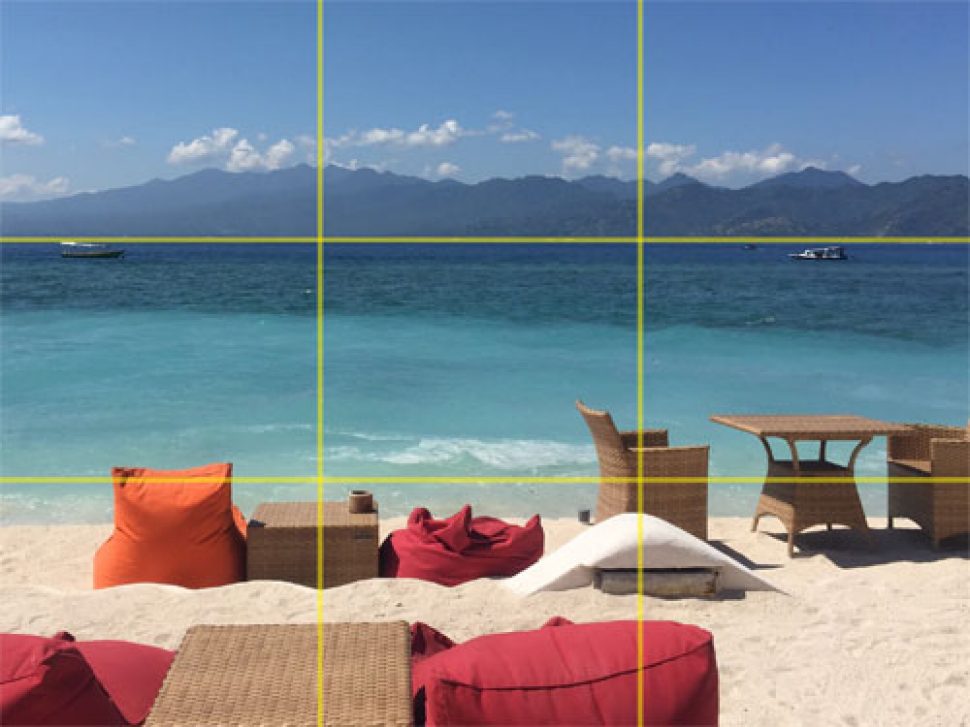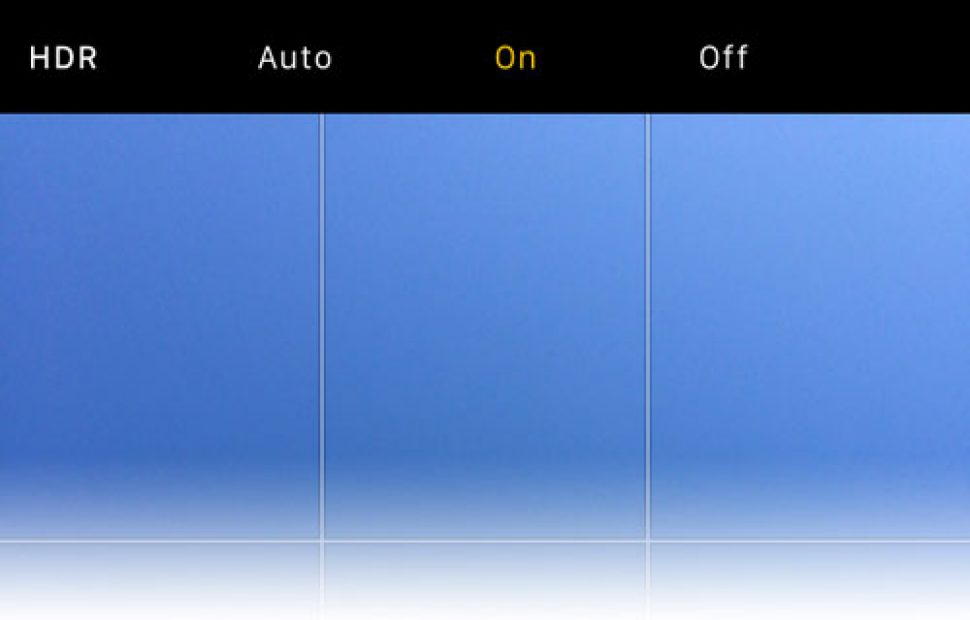How to take stunning travel photos with your smartphone
There’s a saying that “the best camera is the one that’s with you.” In fact, that’s the name of a whole book of smartphone photography by camera veteran Chase Jarvis. So what’s this saying getting at?

The idea is that all the fancy gear in the world doesn’t guarantee a great photo. The real value is in just being there to capture a moment. This is where the smartphone comes in: for many of us, these devices are always on hand ready to document travel highlights whenever, wherever.
Capturing the moment
Don’t worry – there’s a lot you can do to fix a photo that didn’t come out quite right. That said, the safest approach is to always try to secure a great shot before the moment’s passed. Here are some tips.
1. Get to know the rule of thirds
Yes, when it comes to creativity, rules are made to be broken. But this one’s actually a really simple way to add punch to your compositions. The basic idea is that images can be divided into thirds vertically and horizontally, creating a grid of nine regions. The rule of thirds is all about creating compelling photos by putting points of interest at the intersection of these grid lines.If this sounds complicated, don’t worry. You can turn on the camera grid on your smartphone to help you line up your photos and start experimenting. You can find instructions for doing this on iPhones and Android devices online.

2. Turn on HDR to capture the whole scene
It pays to be aware that cameras see things differently from the naked eye. Maybe you’re shooting in a shady spot with a beautiful sun-drenched beach as a backdrop. Try as you might, though, the photo isn’t coming out right. Your photos either lose your subjects in the foreground to shadow, or turn the beach in the background into a washed-out mess.Cameras can pick up some amazing things that the human eye can’t, but this is a situation that their hardware struggles with. This is where HDR (high dynamic range) comes in. Turn the feature on, and your camera will take three shots in one rapid burst. These shots are taken at different levels of exposure, and then stitched together into a single image. The resulting image grabs detail from the darkest parts of the scene as well as the brightest parts. This means that your photo is much more likely to clearly capture both the backdrop and your friends and family in the foreground. You can find this feature in both iPhones and Android devices.

3. Take advantage of being there
Get your loved ones (along with yourself, if you can) into the photo. There are already plenty of great images of international and local landmarks on postcards and online. This is your opportunity to make a one-of-a-kind document of your trip.
Preserving and sharing your memories
Now that you’ve taken some great travel photos, it’s time to make sure that they’re protected.
1. Keep your photos safe in the cloud
Data stored on your smartphone alone runs the risk of being lost forever if your device is lost, damaged, or stolen. Travel insurance can take the sting out of a stolen smartphone. But to insure the photos stored on your phone against loss, try storage services like Dropbox and Google Photos who offer free accounts.
2. Make some keepsakes
Digital photos are great because they’re so easy to share, and don’t take up space in your home. But it’s hard to deny the appeal of a hard copy that you can hold in your own hands.Want to make people back home jealous? Send your own travel photography on a custom postcard with the Australia Post Postcards App. Miss leafing through a photo album? Print your own from your Facebook photos with services like PastBook. Looking to make a grand statement? Turn your favourite memory into an oil painting with Pixelist.
Finding inspiration
The tips here are just scratching the surface of what you can do with smartphone photography. In fact, if you want to see how far you can take it, just look at some of the winners of the annual iPhone Photography Award.
So what do the smartphone pros like about shooting with these tiny cameras? “This little device I carry in my pocket is a constant reminder to me to always be shooting,” says Adrienne Pitts, winner of the iPhone Photography Award Travel category. ”[It’s a reminder] to always have my eyes open, and to always try and become better at what I do.”
